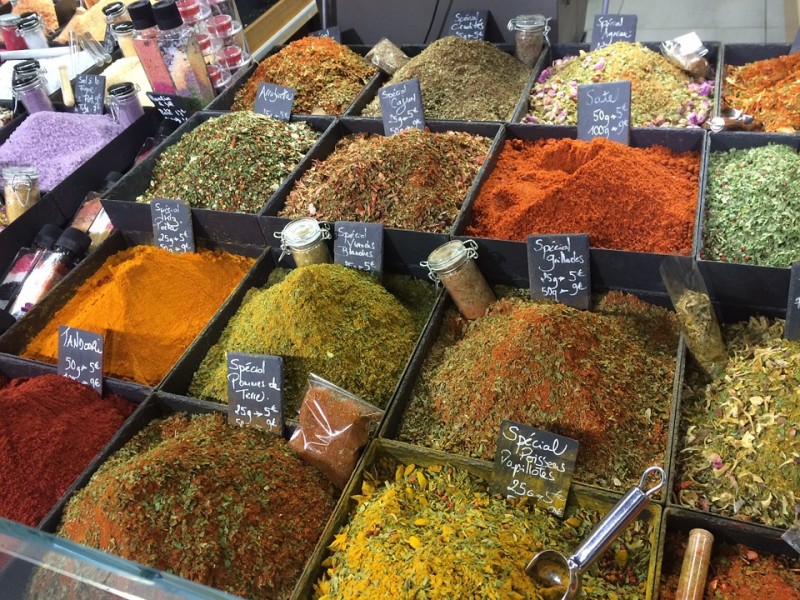
Hypertension, or high blood pressure, is a prevalent health issue affecting millions of people worldwide. While medication can help manage it, making dietary changes can also play a significant role in controlling blood pressure. In this article, we'll explore three essential Indian spices that you should incorporate into your diet to naturally lower your blood pressure.
The Power of Curcumin
Turmeric, often referred to as the "golden spice," contains an active compound called curcumin. Curcumin has potent anti-inflammatory and antioxidant properties that can help reduce blood pressure. It relaxes blood vessels, allowing for better blood flow and decreased pressure on arterial walls.
Easy Ways to Use Turmeric
Cinnamaldehyde and Blood Pressure
Cinnamon is not only delicious but also contains cinnamaldehyde, which may contribute to blood pressure regulation. This compound can help dilate blood vessels, thus lowering blood pressure.
Creative Ways to Include Cinnamon
Elettaria Cardamomum and Hypertension
Cardamom, known for its distinctive aroma, contains a compound called elettaria cardamomum that may aid in blood pressure reduction. This spice can improve blood circulation and lower systolic and diastolic blood pressure.
Enjoying Cardamom in Your Diet
Lifestyle Modifications
In addition to including these Indian spices in your diet, consider the following lifestyle changes:
Maintain a Healthy Diet
Regular Physical Activity
Stress Management
Regular Monitoring
Incorporating turmeric, cinnamon, and cardamom into your diet can be a flavorful and natural way to manage high blood pressure. These Indian spices offer various health benefits beyond their blood pressure-lowering properties. However, it's essential to consult with a healthcare professional before making significant dietary changes, especially if you have underlying health conditions or are taking medication.
By taking a holistic approach to your health, including diet, exercise, and stress management, you can effectively control your blood pressure and reduce the risk of hypertension-related complications.
20 Items to Avoid for a Low-Sugar Diet